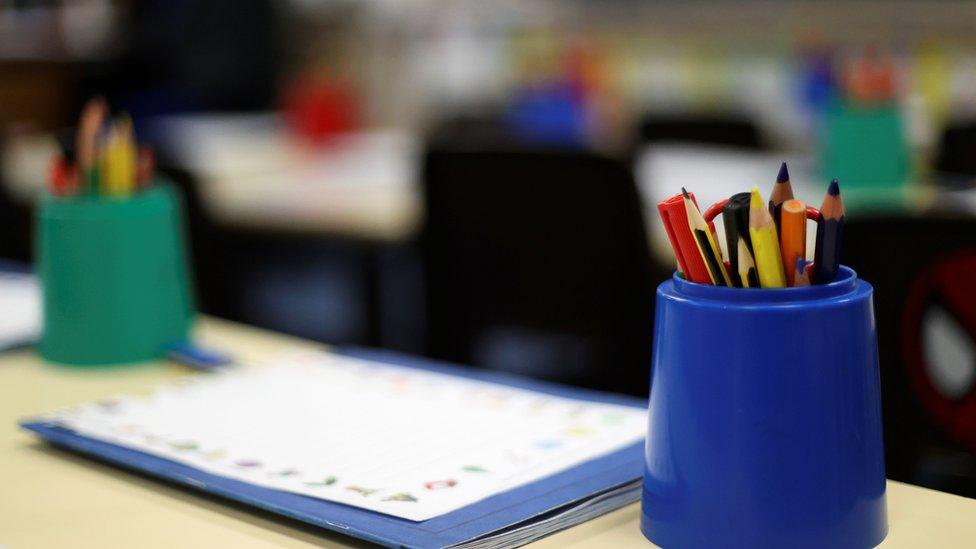Covid: Are schools back to normal yet? Not quite
- Published
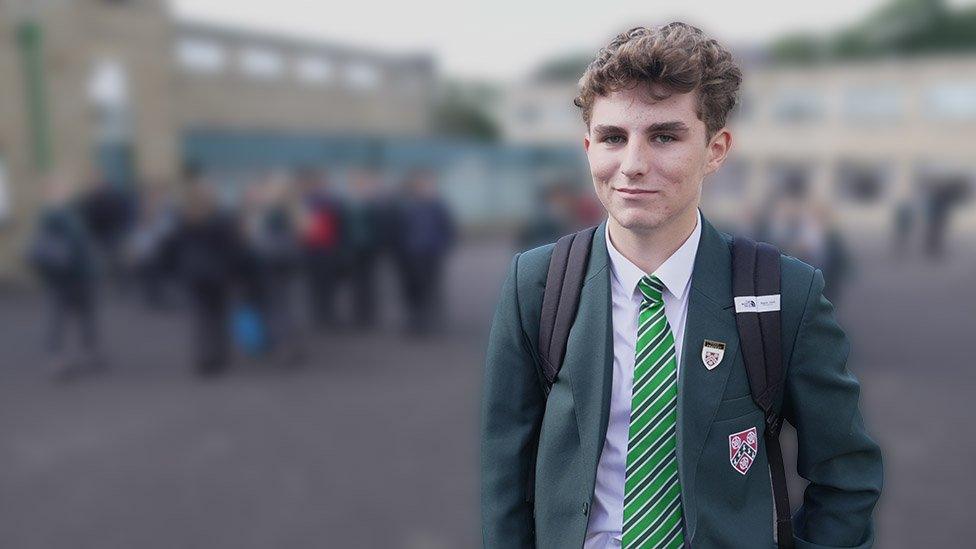
Head boy Milo had to self-isolate five times last year.
It looks like a normal scene in a school playground - pupils arriving with their heavy rucksacks and friends chatting in little groups.
But behind the apparent normality at Honley High School, in Kirklees, West Yorkshire, as in many schools, Covid cases are rising fast. Between the first week of term and the third, cases rose eightfold, to 156.
This no longer translates into large numbers being sent home - because of the lifting of Covid rules.
But the school leadership team, like many others, is having to be vigilant and adaptable in response, to protect pupils and staff.
Like all schools they can bring back some measures, under Department for Education contingency guidelines, if they feel it is necessary.
Deputy head teacher Liz Lord is enjoying hearing the sound of pupils in the playground again.
"It feels like a normal school again," she says. "But at the same time, we're dealing with, unfortunately, a rise in the number of Covid cases.
"It causes concern and it causes worry. The number of school Covid cases is higher than it was in the summer.
"But it hasn't got the same level of disruption, because we're not sending kids around the person who is ill home to self-isolate any more."

It feels normal but is not, deputy head Liz Lord says
Head boy Milo is grateful the rules around isolation have changed. "Last year, I had to isolate five or six times," he says. "Each time, that's 10 days off school. So it's a lot better being in class. And in science, we can do experiments again."
In response to rising case numbers, the school has cancelled all large gatherings.
Live assemblies have been replaced by virtual ones, as has an upcoming open evening for prospective parents and pupils.
Clubs and extra-curricular classes continue and children still move from class to class. But pupils are again being asked to wear masks in the school's narrow corridors and crowded places.
It is a long way from normal. "We've got four or five times as many children with Covid now than we did at the highest point for the school last year," Ms Lord says.
These higher case rates reflect those in the local community, with the Kirklees area seeing a rise from 285 to 440 cases per 100,000 in the seven days to last Monday.
And schools in many areas across England also have high numbers of cases.
Substantial transmission
In fact, according to ONS data from the end of September, cases are at their highest among the secondary-school-age population in England
At a recent Commons Education Select Committee, the UK government's chief medical adviser, Prof Chris Whitty, told MPs what many schools already knew - there was "substantial transmission in this age group" and therefore, although Covid tended to be mild in children, still a real potential for disruption to education.
And deputy chief medical officer for England Prof Jonathan Van-Tam said it was "inevitable" all children would catch Covid at some point and about half of them had already had it.
Teachers, meanwhile, have been asking themselves if infections will send the nation's education into crisis again because of a lack of mitigations in schools, in line with DfE guidelines.
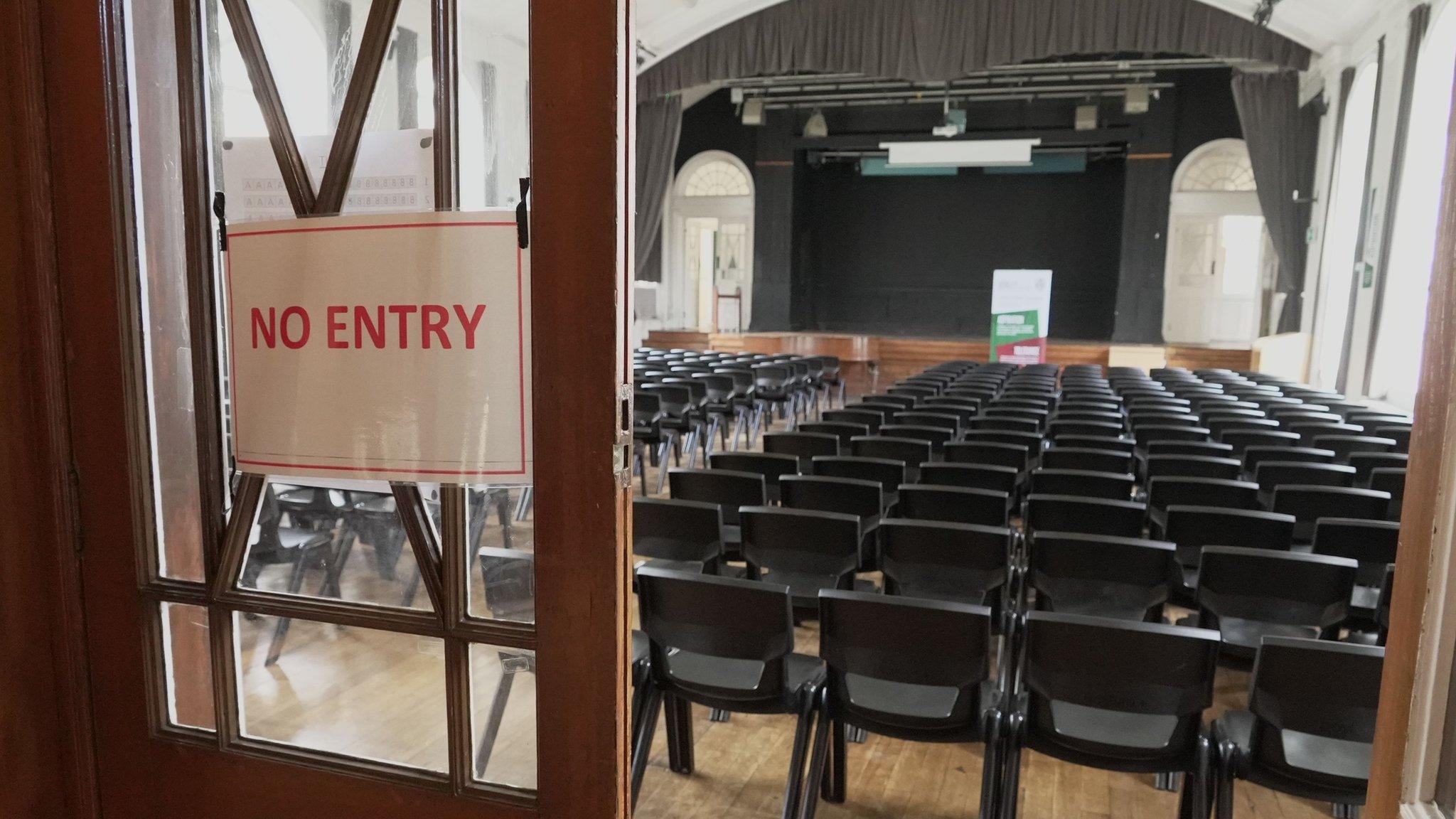
Assembly hall at Honley High stays empty
And unions are calling on the government to be ready to change things if necessary.
A survey of 1,000-plus head teachers, for the National Association of Head Teachers, found:
only 14% had confidence in government Covid safety guidelines
six out of 10 wanted more action on ventilation
a quarter said their school had already breached the DfE case threshold for bringing back some safety measures
A DfE spokesman said: "The measures in place strike a balance between managing transmission risk - with enhanced ventilation, regular Covid testing, vaccinations of older students and staff - and reducing disruption to education by removing bubbles and face coverings."
But schools are clearly contributing to a rise in cases.
High case rates are being picked up by school testing regimes, North and West Northamptonshire Councils' joint director of public health Lucy Wightman says. And most of these pupils are still unvaccinated.
A spike in Kettering - the town with the highest Covid rates in England - was "largely caused by an early return to schools and household mixing", she says, following a spike in neighbouring Corby.
Seriously ill
Rising cases in schools are causing anxiety for some parents.
For Cat, a mother of two primary-age children in Wiltshire, and her family, the decision whether to send their eldest to school is potentially a life-and-death issue.
As well as being autistic, the eight-year-old has severe asthma and has twice been admitted to hospital and very seriously ill with respiratory problems, most recently just a few days before term started.
While some safety measures, including separate entrances, remain at her daughter's school, his school has none.
And Cat is particularly concerned about the possibility of undiagnosed cases circulating, now bubble groups are no longer sent home.
"We'd hoped that going back to school would have been positive for him," she says. "But it's unbearable, to be honest, and I just don't know what to do."
'Completely unethical'
Clare, from Putney, south-west London, is also very angry and concerned.
To have unvaccinated children in school without mitigations, such as face masks, is "completely unethical", she says.
Her 12-year-old son's lessons remain unaffected, although inter-school sports matches have been cancelled.
"Cases are sky-rocketing in this age group," Clare says. "In the part of Richmond where my son goes to school, cases generally were 444 per 100,000 a few days ago.
"I don't consider having a few doors and windows open a proper safety measure. Masks should be reinstated, at least until after the vaccination programme has ended.
"It shouldn't be inevitable that our children catch Covid."
But mother of two primary-age boys, Tasneem, from Ilford, Essex, says the return to semi-normality is "one of the best things ever".
"After the horrible year we've had, the kids are really excited and happy to be back," she says. "With the end of bubbles, they can all play together in the playground now and the return to school is great for them. They're happy and thriving."

LOOK-UP TOOL: How many cases in your area?
FACE MASKS: When do I need to wear one?
SCHOOLS: When will they reopen?
COVID IN SCHOOL: What are the risks?
VACCINE: When will I get the jab?

Related topics
- Published1 October 2021
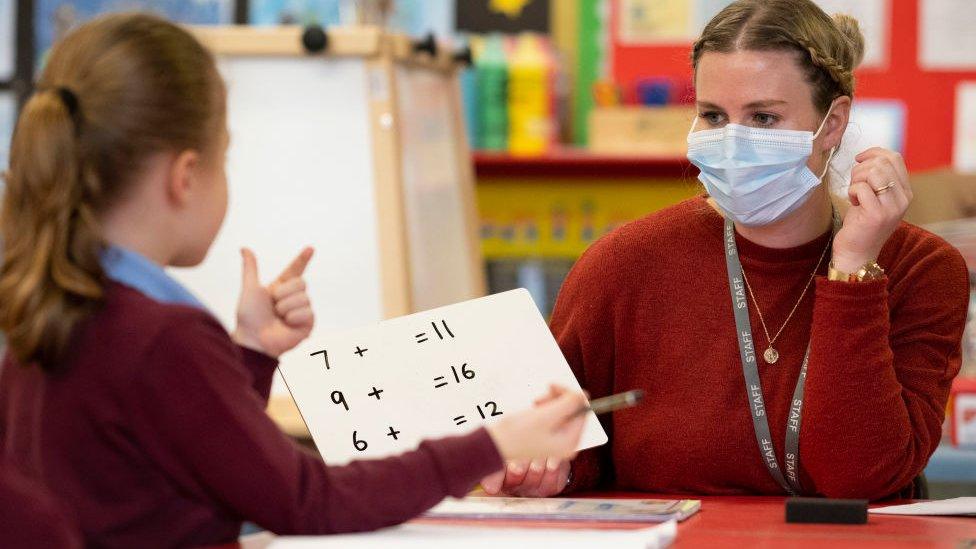
- Published27 August 2021
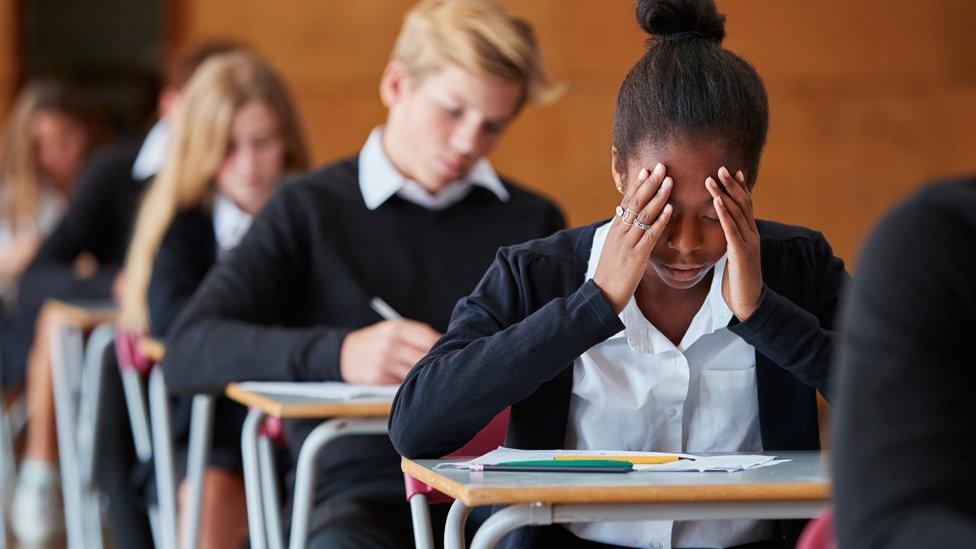
- Published17 August 2021
